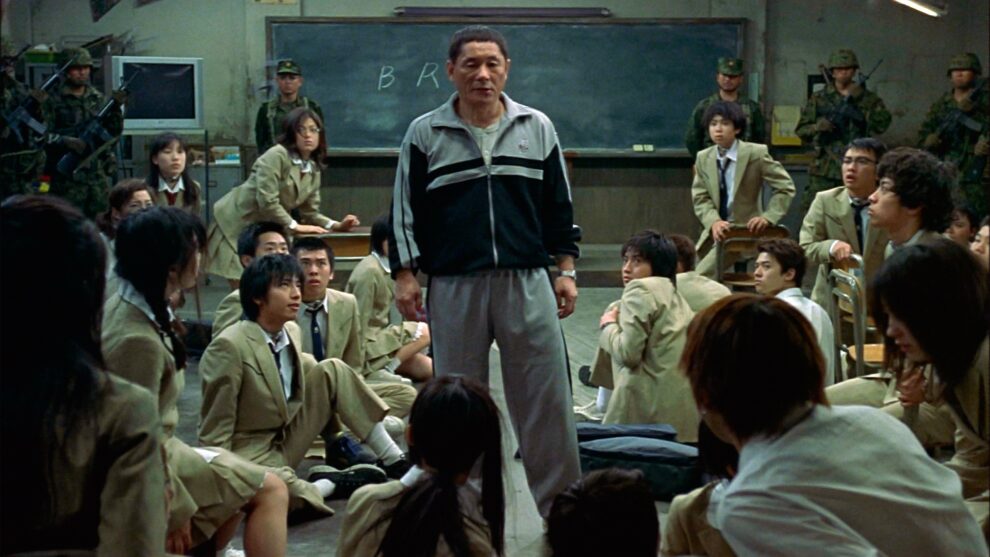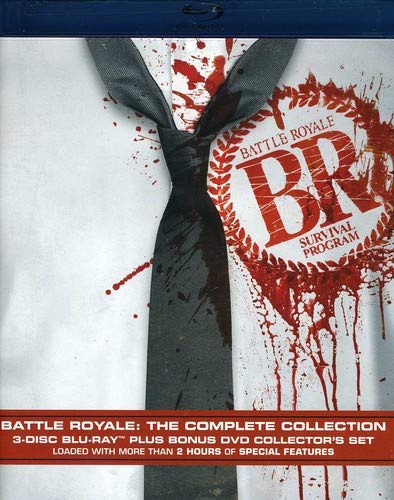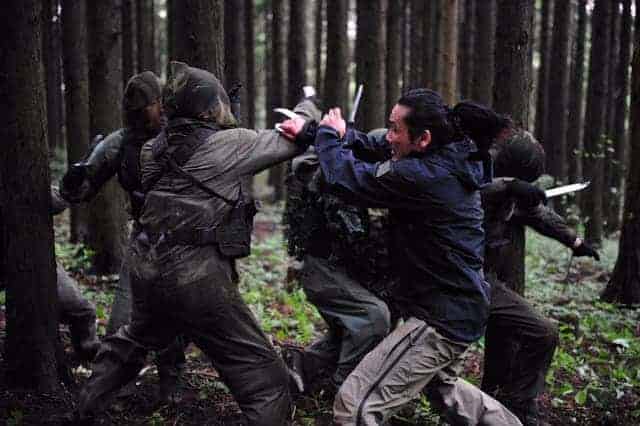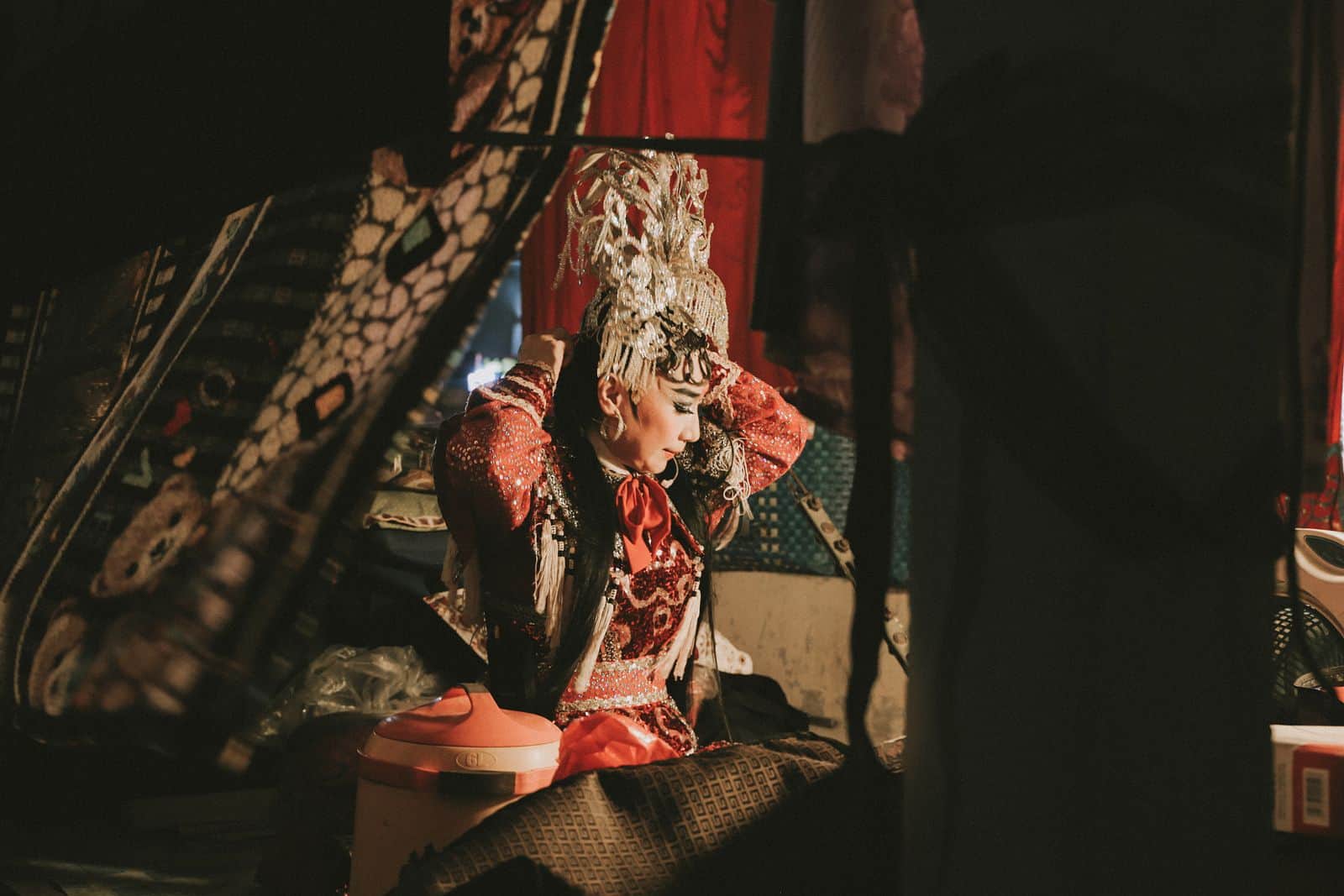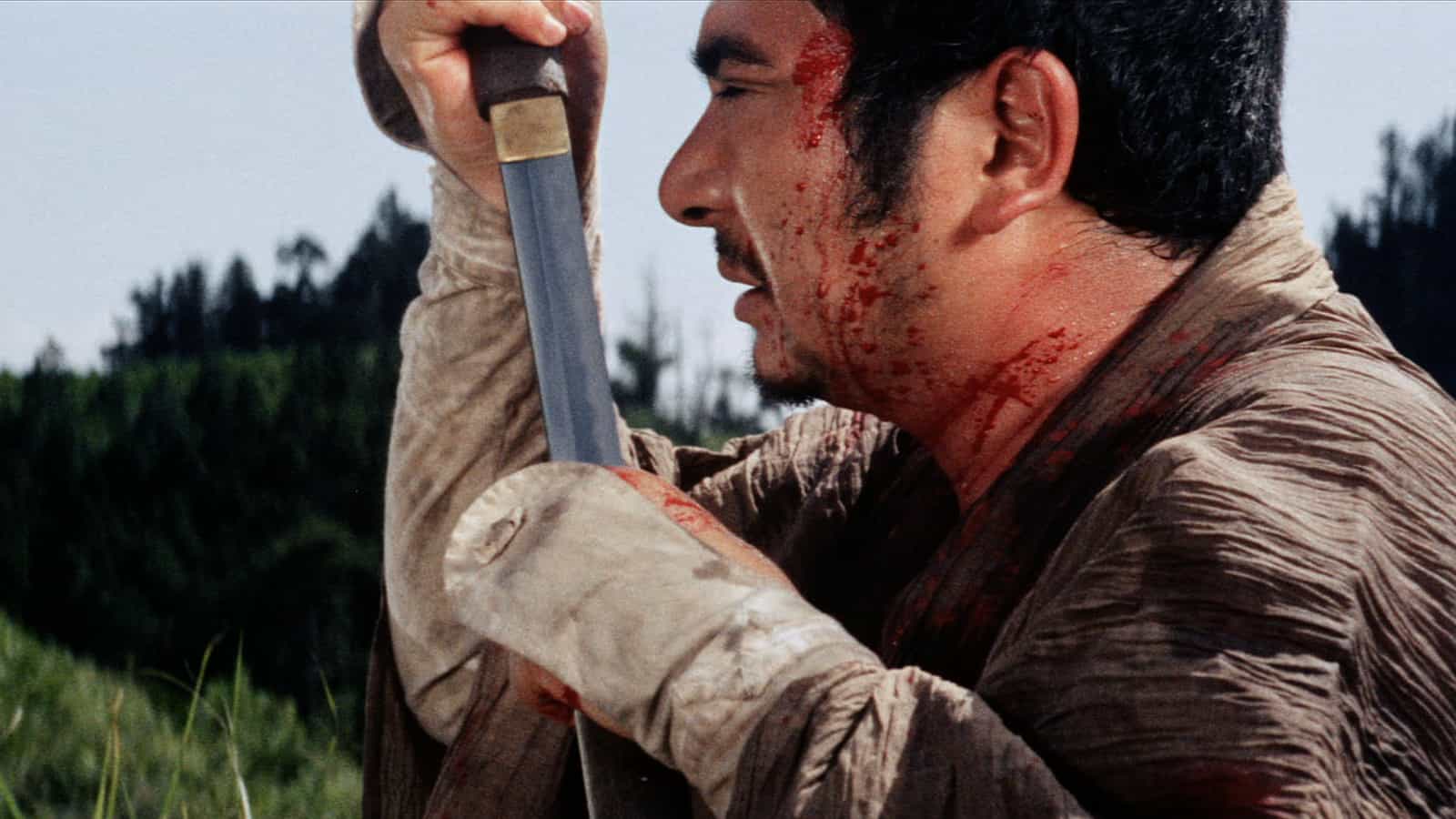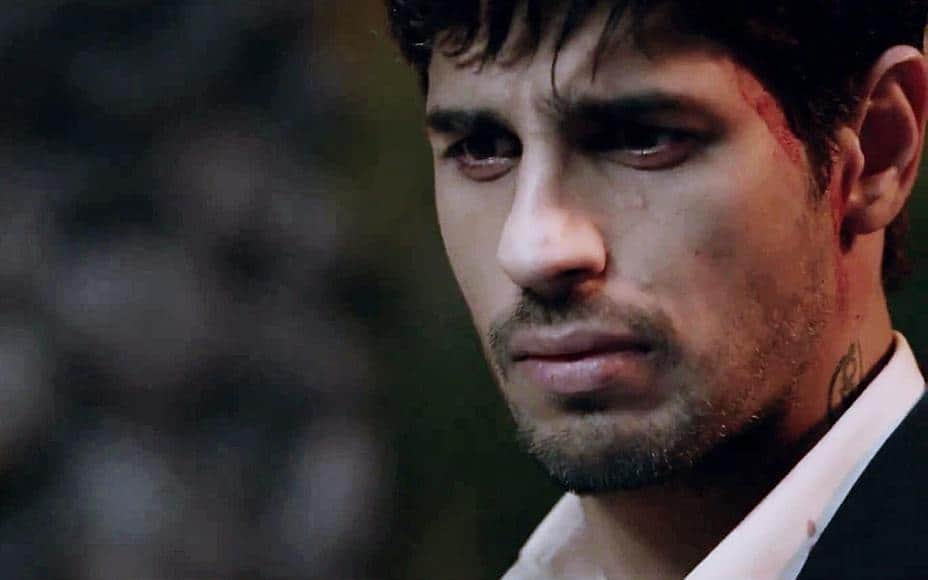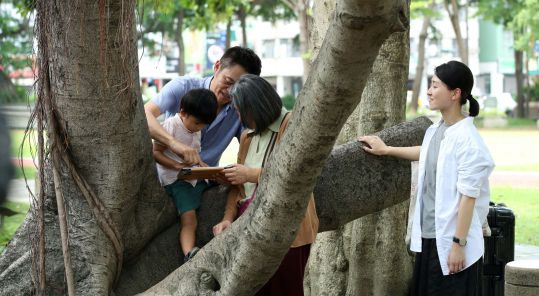Kinji Fukasaku's last film was a production worthy of his lifetime achievements in the field, since “Battle Royale” caused much controversy; it was banned outright or deliberately excluded from distribution in several countries, but at the same time, it also influenced a great number of movies and many filmmakers, including Quentin Tarantino and “The Hunger Games”.
At the beginning of the new millennium, unemployment has reached 15 percent, with 10 million people left without a job, while school violence has reached unprecedented levels. In order to control the youth, the desperate government votes in the ‘Battle Royale' law, which states that each year, students from a randomly chosen class will be transferred to a secluded island where they will have to fight to the death, to the last person standing.
The story, which is based upon the homonymous novel by Takami Koushun, revolves around the most recent chosen class. The main characters are Kitano, a former teacher at the class's school, who resigned after being attacked by a student and is now the ‘host' of the ‘game'; Shuya Nahara, a middle school student who tries to cope with his father's suicide; Noriko Nakagawa, whom Shuya swears to protect during the battle; and Kazuo Kiriyama, a transfer student who emerges as the most dangerous individual of them all. Mitsuko Souma and Takako Chigusa are eventually revealed as the most bloodthirsty among the girls. Also, Shinji Mimura is a computer expert who plans to hack the army's computer.
What ensues is a bloodbath where every student's true nature is revealed, and compassion and friendship seem to have disappeared. Action, killings, suicides, shifting loyalties, and the almost constant threat of death hanging over everyone's heads comprise a truly dark setting, the place in which the story takes place.
The film proves, once more, the dichotomy of Japanese society. The Japanese are actually conservative, but at the same time have a deep inclination toward the extreme, which they try to keep hidden, frequently hypocritically. The fact that so many extreme adult films are produced in the country, but with authorities insisting on blurring out body parts, even in nude photography, is a clear indication. In that fashion, the official approach toward the film from the country's National Diet was to condemn it, while the audience made it into one of the most commercially successful Japanese films of all time. Both policies occur due to the violence depicted in the film.
Accordingly, the graphic depiction of savagery is nothing new in Japanese cinema, as violence among kids has been presented a number of times before; for example, as in “Emperor Tomato Ketchup”, which is even more grotesque in its presentation. Furthermore, Fukasaku's films always entailed many violent scenes, and “Battle Royale” simply follows in the steps of movies like the ones comprising “The Yakuza Papers Collection”.
The protagonists of “Battle Royale” are 15-year-old students; Fukasaku, at that age, was working in a factory during World War II, which was a regular target for Allied bombing raids. Due to that fact, violence against and from children of this age is not so shocking to him. Probably the same applies to the Japanese audience, particularly the ones who experienced the war directly or indirectly, while the ones who were actually shocked by the film were mostly Westerners. The cult audience, though, could not help but adore it.
Fukasaku's experiences in the war also made him realize the lies the Japanese government told the people during those years, and subsequently made him hate the government and politicians. This sentiment is portrayed here eloquently, as politicians are the ones who actually instigate these fights to the death among the students. The criticism of the fierce competition of the Japanese educational system is also criticized, as is school violence, and the disparity that was instigated during the 90's crash. Fukasaku took all of the psychological violence existing in the school environment and transformed it into actual brutal episodes among teenagers, who become cold-blooded killers much more easily than even they could fathom.
Roughly 6,000 actors auditioned for the film, which was narrowed down to 800 potential cast members. These finalists were subjected to a 6-month period of physical fitness training under supervision of the director, Kinji Fukasaku, who eventually cast 42 out of the 800. Aki Maeda, who played Noriko, was actually 15 years old during the shooting of the film. Her performance paved the way for her future career. The same applied to Tatsuya Fujiwara who played Shota, although his hyperbolic acting began in this film and never actually ceased.
The ones who steal the show, however, are not the aforementioned protagonists, but the secondary characters. Apart from Takeshi Kitano, who plays Kitano in his distinct style of laconic violence, three other actors retain the cult element in the film. Chiaki Kuriyama as Takako Chigusa and Ko Shibasaki as Mitsuko Souma make spectacular villains, in two very violent performances that eventually led the first to play Gogo in “Kill Bill” . The third is Masanobu Ando who plays Kazuo Kiriyama, another truly sociopathic villain with an evil coolness that definitely stands out.


